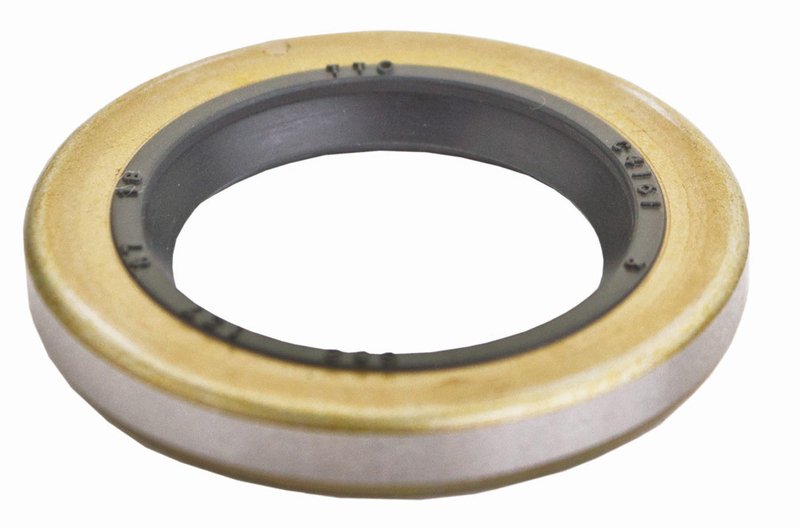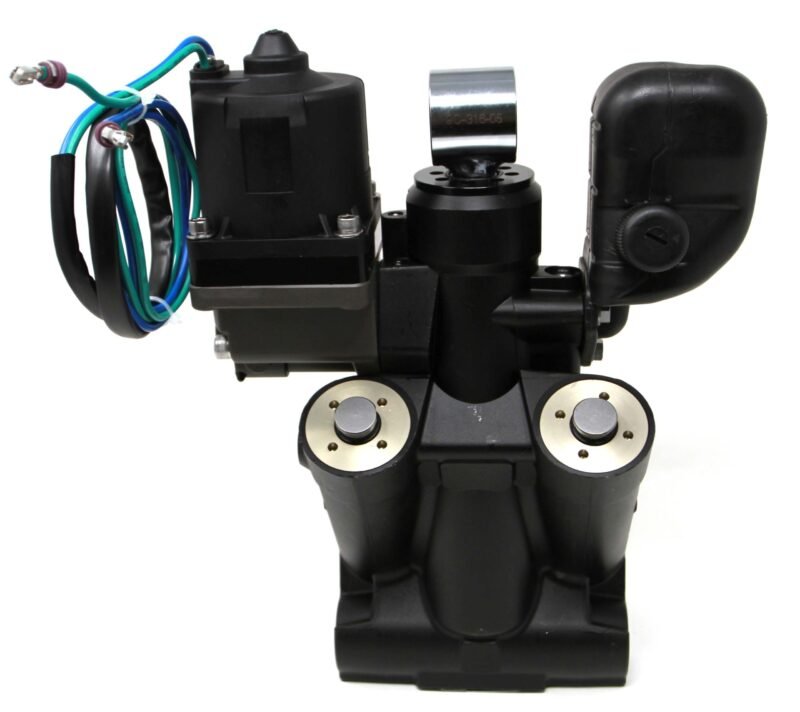
SEAL UPPER
February 22, 2024
OIL SEAL
February 22, 2024
Description
- Sealing Function: The Lower Seal serves as a barrier to prevent leakage of fluids, such as oil, coolant, or hydraulic fluid, from one part of the machinery or equipment to another.
- Location: Positioned at the lower part of the assembly or housing, it ensures that fluids are contained within the designated area and do not escape or leak out.
- Material Composition: Lower seals are typically made from high-quality rubber or synthetic materials chosen for their flexibility, durability, and resistance to various fluids and temperatures.
- Sealing Mechanism: They feature a specialized lip or sealing edge that fits tightly against the mating surface, creating a reliable seal to prevent fluid leakage.
- Pressure and Temperature Resistance: Lower seals are designed to withstand a wide range of pressures and temperatures encountered in different operating conditions, ensuring reliable performance under varying circumstances.
- Installation: Proper installation is essential for effective sealing. The seal is typically pressed or fitted into a housing or bore within the machinery or equipment, requiring precise alignment to ensure a secure and reliable seal.
- Applications: Lower seals are used in a variety of machinery and equipment, including engines, transmissions, pumps, and hydraulic systems, among others, wherever there is a need to prevent fluid leakage from the lower part of the assembly.
- Maintenance: Regular inspection of lower seals is important to detect signs of wear, damage, or leakage. Damaged seals should be promptly replaced to prevent fluid loss and potential damage to surrounding components.




